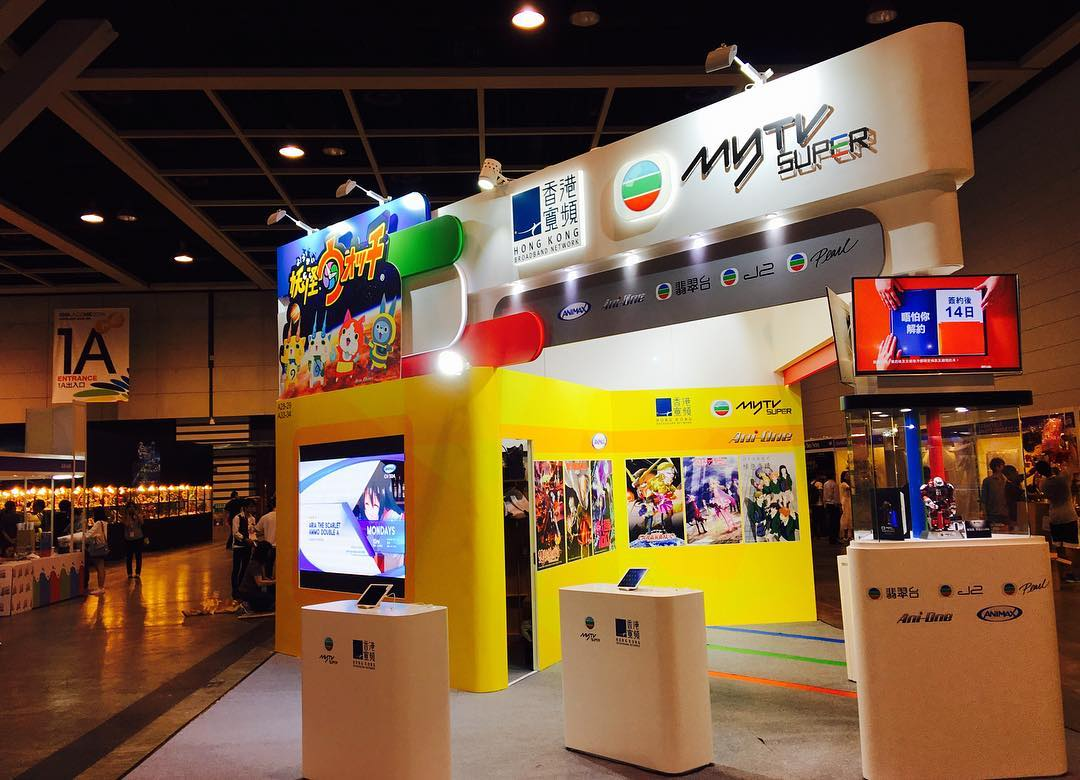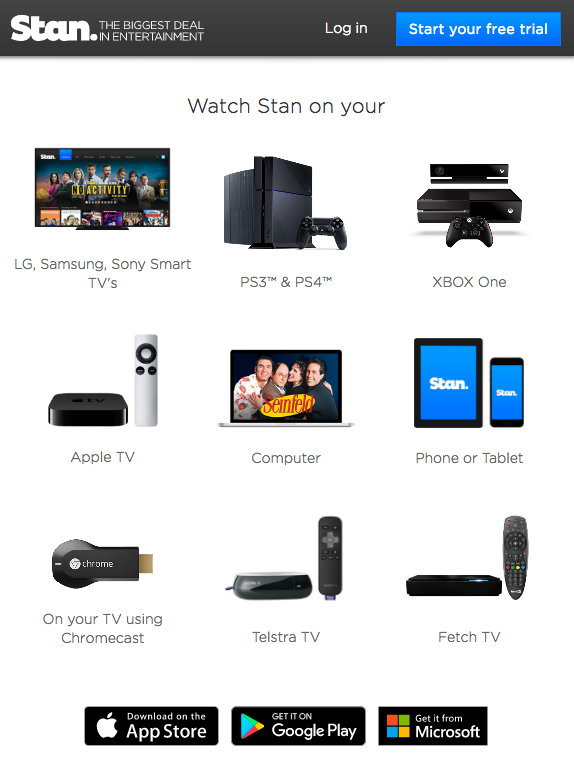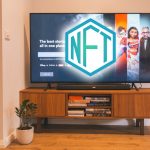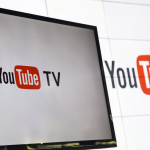“Should we distribute the OTT boxes or builds the apps on every platform?” That is the question.
Nowadays, whether you are a broadcaster, MVPD or Telco, Over-the-top (OTT) is no longer a question but a “to-do” item. Media Companies start planning, if not rolling out, their OTT services.
Besides the typical act of building an iOS and android application on mobile phone and tablet, media companies often come into a dilemma when getting the “big screens”. Some of the companies, like MediaCorp (Singapore), Stan (Australia) tend to go for the “multi-platform” solution and build dedicated app on multiple platform like various smart TVs and game consoles. On the other side, we could see companies like TVB (Hong Kong), LeTV (China) is going for “set-top box” solution by distributing the physical set-top box (or dedicated hardwares) with the service inside. We would like to compare and contrast these two approaches.
Going with Dedicated OTT Boxes
After the attempt of Pay TV business, OTT catch-up service “MyTV” and overseas OTT service “TVB Anywhere”, TVB recently rolling out their OTT service “MyTV Super” in Hong Kong. They aggressively distribute the OTT set-top boxes and provide video service bundling with Telco and Broadband ISP. Users could enjoy the service initially with no cost. Recently, though claiming to have acquired 2 million users, TVB has announced a profit warning. The “improved” start-up loss is reported to be $50 million Hong Kong Dollar ($6.4 million US dollar).

TVB’s “MyTV Super” acquire large amount of users by giving out free trial for Broadband subscribers.
To be fair, it is more of the necessary “pain” to move from the traditional broadcasting service which run for nearly 50 years and it is yet to conclude the success or failure of their OTT plan. But there should be some takeaways for us. Let’s focus and look into the case of their OTT set-top box strategy in more details.
The Upsides
1. Plug and Play
The target audience for TVB is those of middle to old ages. This segment of audience is not techie and not comfortable with the latest technology. The set-top box would be more well received by them as it serve similarly as traditional cable / IPTV set-top box. Users could simply plug it up (with small help from technical support maybe) and then enjoy the service.
2. Development Under Control
With the dedicated set-top box hardware, the media company could have more control on the development environment. They would not be subjected to the product roadmap of the various device (e.g. new OS update and backward compatible issue) and they could do better management of their product / service life-cycle from end to end.
The Downsides
1. Cost of Distributing the Devices
Similar to the traditional Cable / IPTV operator, the media company needs to bear with the hardware cost and the cost to distribute the devices. Logistic channels are set-up and it could be a major cost concern when expanding the OTT service to other regions. In TVB’s case, the boxes are currently distributed within the tiny Hong Kong with partnership of retail stores and courier service so their distribution cost is relatively reasonable.
2. Full Responsibilities on Customer Support and Other Non-Core Functions
As the media company will own the hardware, software and infrastructure. They need to have the dedicated resources for overlooking the boxes manufacture, logistics and the customer support for their service. Any single fault in the value change will bring harm to the brand image. Although out-sourcing is an option, it is still risky to be distracted by too many non-core functions.
3. Not Agile
Cable / IPTV operators always got into a trouble that it is very costly for them to replace the hardware devices for their client in order to catch-up with the latest technologies or provide a competitive user experience. A set-top box is expected to be used for 5-6 years but it is way too long for the fast moving OTT market. As the video quality, broadband speed and the user experience (UX) advance every day, OTT service has to be agile and cater all the changes.
Going Multi-Devices
On the other side, we could see a number of companies in Europe, US and Australia are going multi-devices. Each of them would have different road-maps on launching their services on different platforms but they share similar vision. Here are some points.

Stan (Australia) offer services through multiple platforms
The Upsides
1. Win-Win with Consumer Electronics Brands
There are vigorous competition in consumer electronics (CE) market. TV manufacturers compete on their products by making it cheaper and better in screen qualities. As a marketing stunt, they are very willing to co-operate with media companies with great contents by subsidizing the development effort for application launches on their platforms. The retail channels possessed by the CE brands could help promoting the OTT video services. We offer see broadcasters or operators rolling out a Smart TV application on the market-leading brand and, as a “me too” strategy, the runner-ups are all immediate pitching with the content owners for deals. As long as you have good content, the CE brands will come to you.
2. Going Multi-Market
When opting to go for “multi-device”, the media companies tend to develop and maintain the software (i.e. the “App”) only. Rather than setting up the big distribution channels of physical products, it is comparably very “light-weight” to expand to other countries. The minimum effort would be simply doing a registration on the app stores and piggy-back on their channels of distribution. That gives the media companies more flexible to test the response on new market and investigate on the localization of content and UX favors for different regions (of course, in most of the case, the major issue would be the content rights!).
3. Catch-up with the Trend
The consumer electronics products, together with the video streaming technology are evolving in a very fast pace. Apple and Google launch new gadgets every year trying to disrupt the world. We will never know whether there is a new killer device launching tomorrow that will kill all the big screens at once. Or whether there will be a new “platform” that becomes the “Facebook on TV” (It is in my plan though). It is wise for media companies to invest more on their system architecture and infrastructure, while keep the front-end “light”. Whenever there is a new star on the market, response quickly and try to roll out a relevant minimal-viable-product as fast as possible with the existing infrastructure, and gradually refine it for the market-fit.
The Downsides
1. Lack of Mutli-Platform Development and Maintenance Expertise
Media companies are suppose to be excellent at curating or producing good media contents. Keeping up-to-dates with all the platforms on the market sounds too demanding for them. Therefore, media companies usually appoint service providers to do the required development and maintenance work.
Different companies would have different preferences, some would handle the program management work themselves and source various vendor for different services (e.g. Online video platform, analytics, advertising network, payment gateway, and most important, the UIUX developer) and get them to plugged together. Some would want to appoint one single system integrator (SI) to handle all the works for them.
2. Various Platform Risks
As the whole value chain is not under control from end to end, there would always be some risks exposed. Taking Samsung as an example, in 2015, they have announced a new OS platform for their Smart TVs. Though it is an improved app environment, all the media companies are required to make patches in order to get their existing apps to be compatible with the new platforms. Similar case happens when some major web browsers announce the discontinue of supports on certain DRMs. Therefore, media companies should always have a reserved budget to cater these contingencies.






Comments by Cheung Chun Ho